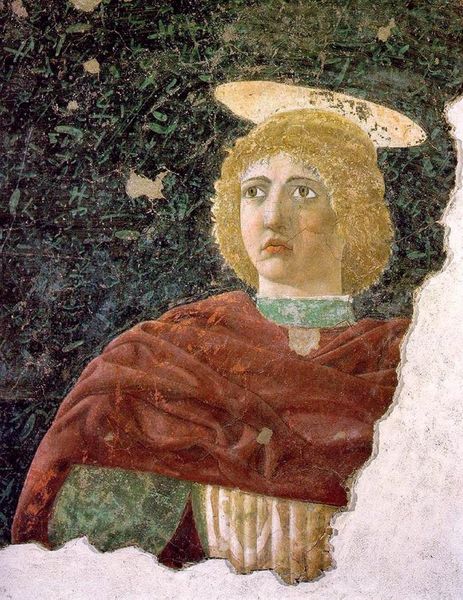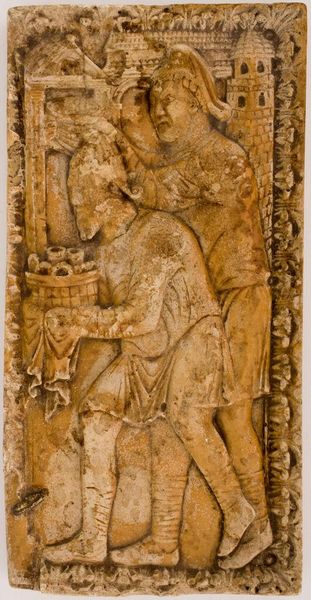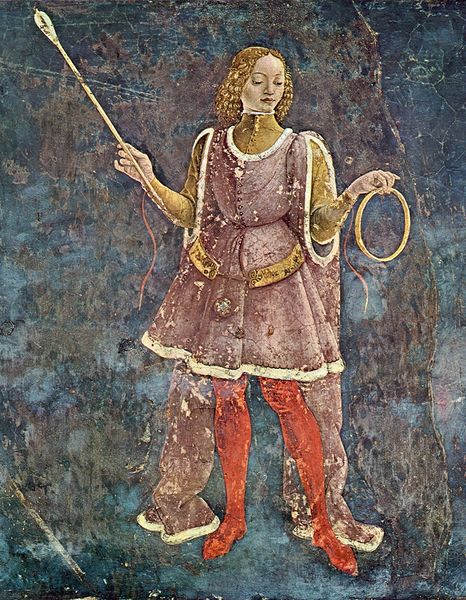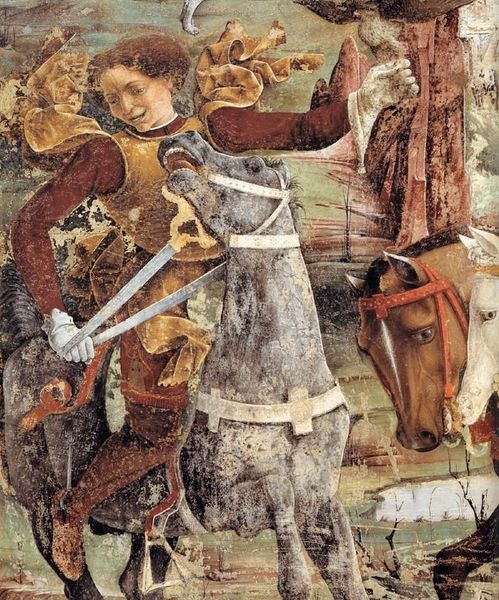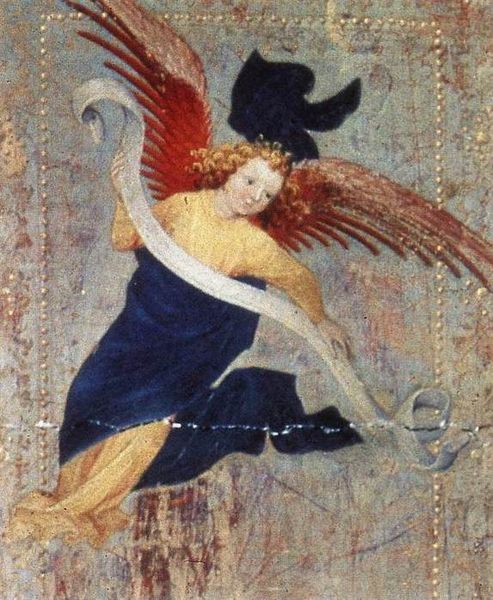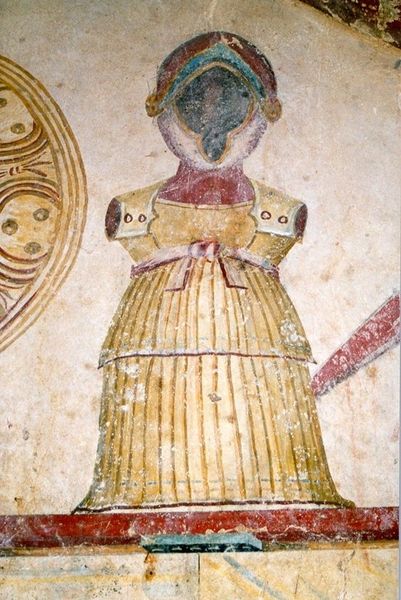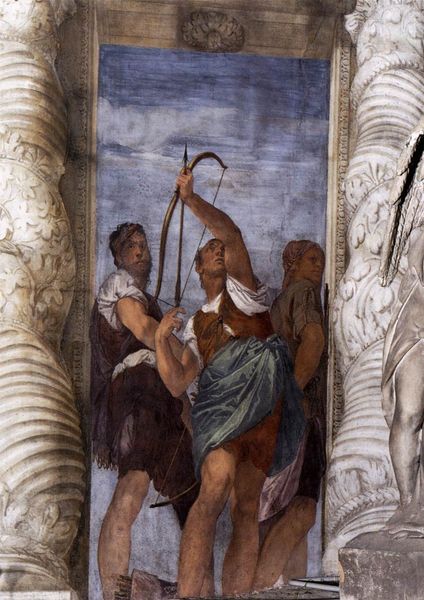
painting, fresco, mural
#
portrait
#
painting
#
figuration
#
fresco
#
oil painting
#
christianity
#
history-painting
#
italian-renaissance
#
mural
Copyright: Public domain
Editor: This is Andrea del Castagno’s *Eve*, a fresco created around 1450. I'm immediately struck by her ambiguous expression and almost masculine build. How do you interpret this work, particularly given its historical context? Curator: That ambiguous gaze and muscular form certainly challenge conventional depictions of Eve, don't they? It departs significantly from the submissive and overtly feminine portrayals common before the mid-15th century. Consider the torch she carries. It's not the apple, is it? The torch suggests not just knowledge, but perhaps illumination, and even agency. Doesn’t this alter her narrative trajectory in your mind? Editor: Yes, absolutely! Instead of passively accepting the apple, the torch implies Eve is actively seeking knowledge or bringing light to humanity, defying the traditional interpretation of the Fall. Does the torch have significance beyond just knowledge? Curator: Precisely! Light, fire, knowledge, defiance... It's a potent blend. Eve, in this context, isn't merely a sinner; she becomes a Prometheus-like figure, bringing enlightenment even at a great cost. The memory of classical learning intertwines with Christian teachings. What feelings does this fusion trigger? Editor: It reframes her story entirely. This *Eve* is far more compelling, almost heroic, which is unexpected and thought-provoking. I had always viewed *Eve* as a submissive woman. I wonder how many others missed such potent elements hidden in this Renaissance piece. Curator: It also makes one consider that symbols, through time, may not be what they once were. Now, is our journey to discover them not enlightening as well?
Comments
No comments
Be the first to comment and join the conversation on the ultimate creative platform.




